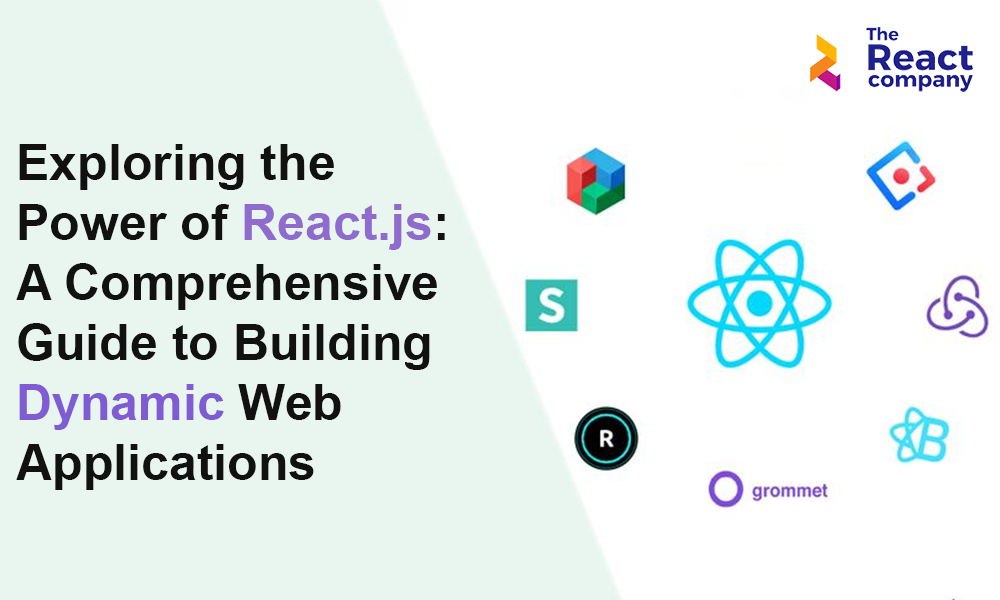React.js has emerged as one of the most popular JavaScript libraries for building modern, dynamic web applications. With its component-based architecture and virtual DOM, ReactJs offers a powerful and efficient way to create interactive user interfaces. In this article, we will delve into the key concepts, features, and best practices of React.js, empowering you to build highly responsive and scalable web applications.
- Understanding React Components:
- Learn the fundamentals of React’s component-based architecture, where reusable UI elements are built and composed together.
- Explore the concepts of functional components and class components, and understand how to manage state and props within them.
- Mastering JSX and Virtual DOM:
- Discover JSX, a syntax extension for JavaScript that allows you to write HTML-like code within your JavaScript files.
- Understand the concept of the virtual DOM, a lightweight representation of the actual DOM that enables efficient updates and rendering in React.
- State Management with React Hooks:
- Dive into React Hooks, a feature introduced in React 16.8, which simplifies state management and lifecycle handling in functional components.
- Explore popular hooks such as useState, useEffect, useContext, and useReducer, and learn how to leverage them effectively in your applications.
- Routing and Navigation in React:
- Learn about client-side routing in React using popular libraries like React Router.
- Implement navigation between different pages, handle dynamic URLs, and manage application state across routes.
- Working with External APIs and Data Fetching:
- Explore techniques for fetching and displaying data from external APIs in React applications.
- Utilize popular libraries like Axios or the built-in fetch API to perform asynchronous data requests and handle responses.
- Styling React Components:
- Discover various approaches for styling React components, including CSS-in-JS libraries like styled-components or CSS modules.
- Understand the benefits of component-based styling and how it helps create modular and maintainable styles in React.
- Testing and Debugging React Applications:
- Learn essential testing techniques for React applications using frameworks like Jest and testing libraries such as React Testing Library.
- Explore debugging tools and practices to identify and fix issues in your React components and application logic.
- Deploying React Applications:
- Understand the different deployment options for React applications, including hosting on static file servers or utilizing cloud platforms like Netlify or Vercel.
- Learn how to optimize and bundle your React app for production, ensuring optimal performance and efficient asset delivery.
Conclusion
React.js has revolutionized web development by offering a powerful and intuitive framework for building dynamic and responsive user interfaces. By grasping the core concepts and best practices outlined in this guide, you now have the foundation to create feature-rich React applications with ease. Embrace the power of React.js and embark on a journey of building modern, interactive web applications that leave a lasting impact on users.



